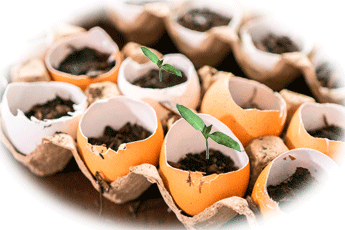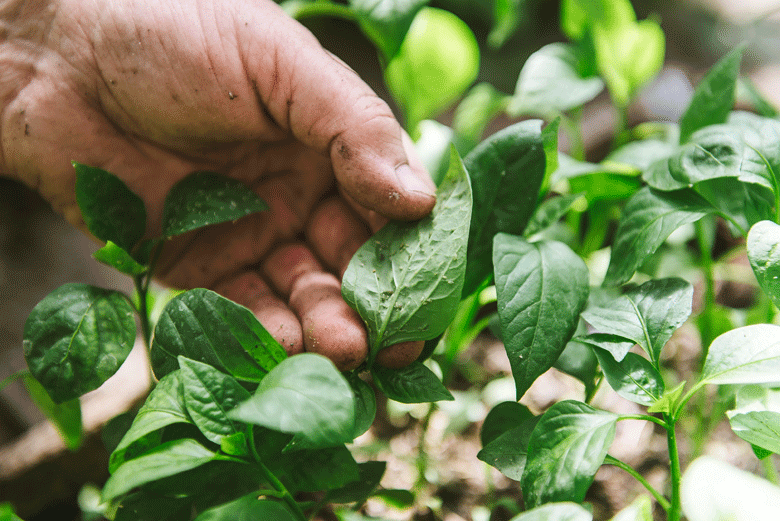
Great tips for growing Chillies
Growing Chillies is a great hobby, but it is not without its challenges. Just when you think you have everything nailed, something else pops up. If it’s not that you have overwatered your Chillies. It’s that you have let them dry out. If it’s not problems with pests, it’s yellowing of leaves or ripening complications, etcetera, etcetera, etcetera. It’s what makes it fun.
I have been growing Chillies for about eight years now. While I am no expert by any sense of the imagination, I have learned quite a bit about growing them. Much of my knowledge has been gained by doing research, but I have also developed my growing skills through simply growing Chillies. I figure things out as they happen. It’s probably been the best way to learn
any sense of the imagination, I have learned quite a bit about growing them. Much of my knowledge has been gained by doing research, but I have also developed my growing skills through simply growing Chillies. I figure things out as they happen. It’s probably been the best way to learn
In my years of growing Chillies, certain things stand out repeatedly. These are the fundamentals of growing these plants. Get them wrong, and you will not be successful. For example, the fact that Chillies don’t like too much water is something that is virtually written in stone. Another fundamental principle is that Chillies, as a general rule, grow better in warm weather. These and other considerations go to the very core of growing Chillies successfully
I want to share some of my top tips for growing Chillies in this post. It will give advice on what precautions to take, provide solutions, and recommend how to avoid some of the most common problems I have encountered in growing Chillies
Watering

Hold the water
One of the most important things to master to grow Chillies successfully is watering. Chillies shouldn’t be given too much water. This is something that cannot be overemphasized. Watering is so important in growing Chillies that it needs to be focused on, from the minute Chillies are still seeds right through to them being mature plants.
When Chilli seeds are started, their growing medium only needs to be moist. If the medium is too wet, all types of complications can arise. Seeds can rot, drown, and germination levels will definitely not be great. Give Chillies too much water when they are seedlings, and you stand the risk of them developing a disease called damping off. Damping-off weakens a seedling’s stem and causes it to collapse and topple over
and germination levels will definitely not be great. Give Chillies too much water when they are seedlings, and you stand the risk of them developing a disease called damping off. Damping-off weakens a seedling’s stem and causes it to collapse and topple over
Furthermore, if seedlings are overwatered, you are inviting pests like fungus gnats. Fungus gnat larvae feed on fungus that grows in wet growing mediums. Adult flies lay their eggs in the damp medium (seed starting mixes, etc.), and before long, you find hundreds of tiny black flies hovering around your seedlings. These little pests are not only annoying, but are also carriers of Pythium, which is the disease that causes damping-off
Top Chilli growing tip: It is far better to keep Chillies slightly starved of water than give them too much. Indeed, rather let them dry out (even to the extent they are starting to wilt) before watering them. Be careful not to let them dry out too much, though. That will kill them
Warmth and temperature

Keep them warm
With a few exceptions, most Chillies need warm conditions to thrive. Some Chillies like Rocotos can do well in temperatures between eight and fifteen degrees Celsius, but that is the exception to the norm. Generally, Chillies need daytime temperatures above twenty degrees (and even far warmer) to thrive.
When Chilli seeds are started, aim towards achieving a constant soil temperature of between twenty-six and twenty-eight degrees Celsius. When seedlings germinate, they require a temperature of above twenty degrees Celsius. In winter (in the UK). This temperature can be achieved by keeping the seedlings on heat blankets and under grow lights, or in a warm, sun-facing room.
germinate, they require a temperature of above twenty degrees Celsius. In winter (in the UK). This temperature can be achieved by keeping the seedlings on heat blankets and under grow lights, or in a warm, sun-facing room.
In the United Kingdom, the earliest Chillies can be taken outside is in late May. And even then, that is pushing it, unless they are cold-weather varieties like Rocotos. Do not place your Chillies permanently outside until it is warm enough. As a bare minimum, nighttime temperatures should constantly be above ten degrees Celsius.
The amount of sunshine during summer will also impact how well Chillies will do. If there is a lot of sun, Chillies will thrive. However, if the sun doesn’t shine regularly, your harvest will not be as good. A lack of sunshine will also have an impact on ripening. Last season, the sunlight was so erratic I had to resort to ripening some of my Chillies under grow lights
Top Chilli growing tip. Chillies like warmth. Find ways to keep them warm in winter, and give them lots of sunshine in summer. Ripen Chillies under grow lights if you have a ripening problem
Controlling pests

Keep the bugs and pests out
Invariably, in growing Chillies, you fill find uninvited guests appearing. Be it aphids, fungus gnats, spider mites, thrips or other pests; they will arrive at some point. It is essential to be ahead of the game. When (not whether) they arrive; otherwise, they can wreak havoc on your plants.
Aphids, for example, will attach themselves to the leaves and stems of your plants. They will suck sap from the plants and, in the process, weaken them. Allow aphids to take control of your plants, and you can kiss them goodbye.
To get aphids under control, make a solution of one tablespoon of a mild liquid detergent like Castille liquid soap and a quart of water (0.95 litres). A teaspoon of neem oil can also be added. Spray the plants with this solution once a week. When the plants are still seedlings, they can be dipped in the solution. Turn the seedlings upside down in their pots and submerge them in the solution. I have found this to be the easiest and fastest way to get on top of aphids
detergent like Castille liquid soap and a quart of water (0.95 litres). A teaspoon of neem oil can also be added. Spray the plants with this solution once a week. When the plants are still seedlings, they can be dipped in the solution. Turn the seedlings upside down in their pots and submerge them in the solution. I have found this to be the easiest and fastest way to get on top of aphids
Fungus gnats can be controlled with hydrogen peroxide. Make up a solution of one part hydrogen peroxide to four parts water. Pour this over the soil, and it will kill fungus gnat larvae. Fungus gnats have a very short life span – approximately a week. Using this method will destroy the whole life cycle of these pests quickly
The benefits of using hydrogen peroxide (h202) to eliminate pests do not stop there. Using H202 is an excellent way to destroy nasties like Pythium and other soil-borne pathogens. In fact, if you have overwatered your seedlings, it will be a good idea to treat them with hydrogen peroxide before allowing them to dry out. Doing this will reduce the risk of damping-off occurring.
Other pests can be controlled using a pest control blend, like the RHS Bug and Mildew concentrate. It is a blend of plant safe pest control surfactants and nutrients. Avoid chemical insecticides and pesticides unless absolutely necessary
Top Chiili growing tip: Keep pests under control by using these methods
Finally
Another top tip for successfully growing Chillies concerns fertilization. Don’t over-fertilize Chillies. When they are seedlings, they don’t need any fertilization until they have developed their first true leaves. After that, only give the plant half-strength Chilli or Tomato food (at every alternate watering) until they are ready to be potted on for the first time. After that, you can change to the recommended dose for young plants. It is only when they get hardened off and potted on for the last time that they should be given full strength fertilizer,
There are more tips I can share, but will have to be the subject of another post
Image credit
Ian Jacobs/ CC BY-NC 2.0/ via Flickr
